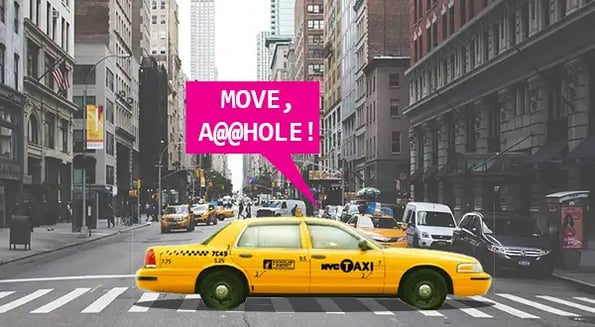Since the New York City taxi medallion market crashed in 2014, 950 cab drivers have declared bankruptcy, causing criticism of Uber and Lyft.

But, a damning report from The New York Times reveals that ridesharing companies weren’t responsible for New York’s cab crash — instead, it was industry insiders who systematically drove up the price of medallions.
A bubble in the medallion market
New York City created taxi medallions in 1937 to cap the number of taxis, creating a market where medallions were exchanged like stocks.
But between 2002 and 2014, brokers, lawyers, fleet owners, and debt collectors drove up medallion prices to increase profits.
Although medallion prices quintupled from $200k to more than $1m, cab drivers’ salaries stayed the same, so lenders offered drivers predatory loans to buy medallions.
“I don’t think I could concoct a more predatory scheme if I tried,” Roger Bertling, an expert on predatory lending from Harvard, told the NYT. “This was modern-day indentured servitude.”
Downfall of the drivers
Lending companies targeted low-income immigrants who didn’t understand the terms, suckering cab drivers making $30k into $1.7m loans. Some drivers — who often spent half their income paying off these loans — took their own lives.
Yet the “taxi tycoons” who sold them their medallions made enough money to buy yachts or hire Nicki Minaj to perform at a kid’s party.
So, how did manipulative medallion merchants avoid scrutiny?
Easy — they directed all the blame at Uber and Lyft, whose negative reputations made them easy targets.
Since Uber arrived in New York in 2011, cab revenues have fallen 10% due to the new competition — but medallion prices have lost more than 90% of their value.
Last year, New York City officials capped the number of rideshares allowed in the city in an apparent effort to protect cab drivers.
But behind the scenes, city officials helped create the medallion mayhem by advertising medallion sales — which earned $855m for the city under mayors Bloomberg and de Blasio — and then turning a blind eye to extortionate lending practices as they screwed over drivers.

